Women who use permanent hair dye and chemical hair straighteners have a higher risk of developing breast cancer than women who don’t use these products.
A study conducted by the US National Institutes of Health published on the International Journal of Cancer suggests that breast cancer risk increased with more frequent use of these chemical hair products.
Using the data of 46,709 women in the Sister Study, researchers at the National Institute of Environmental Health Sciences (NIEHS), found that women who regularly used permanent hair dye in the year prior to enrolling in the study were 9% more likely than women who didn’t use hair dye to develop breast cancer. Among African American women, using permanent dyes every five to eight weeks or more was associated with a 60% increased risk of breast cancer as compared with an 8% increased risk for white women. The research team found little to no increase in breast cancer risk for semi-permanent or temporary dye use.
“Researchers have been studying the possible link between hair dye and cancer for a long time, but results have been inconsistent,” said corresponding author Alexandra White, Ph.D., head of the NIEHS Environment and Cancer Epidemiology Group. “In our study, we see a higher breast cancer risk associated with hair dye use, and the effect is stronger in African American women, particularly those who are frequent users.”
An intriguing finding was the association between the use of chemical hair straighteners and breast cancer. Dr. White and colleagues found that women who used hair straighteners at least every five to eight weeks were about 30% more likely to develop breast cancer. While the association between straightener use and breast cancer was similar in African American and white women, straightener use was much more common among African American women.
Co-author Dale Sandler, Ph.D., chief of the NIEHS Epidemiology Branch, cautioned that although there is some prior evidence to support the association with chemical straighteners, these results need to be replicated in other studies.
When asked if women should stop dyeing or straightening their hair, Sandler said, “We are exposed to many things that could potentially contribute to breast cancer, and it is unlikely that any single factor explains a woman’s risk. While it is too early to make a firm recommendation, avoiding these chemicals might be one more thing women can do to reduce their risk of breast cancer,” the study further explained.



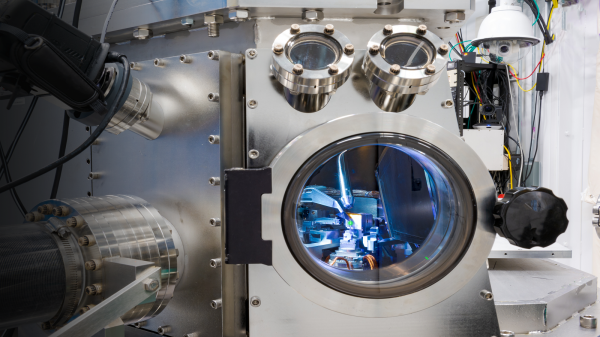

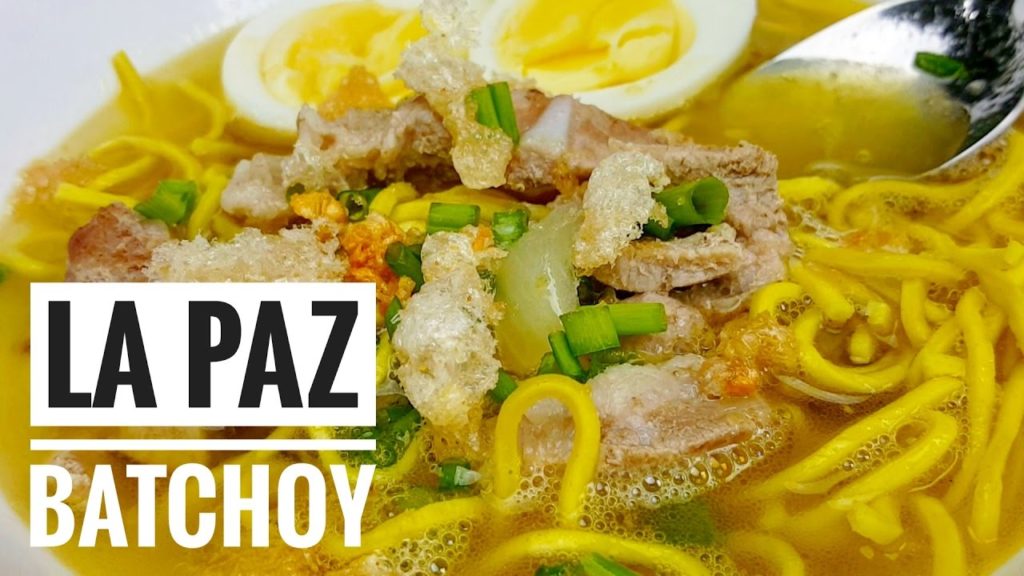

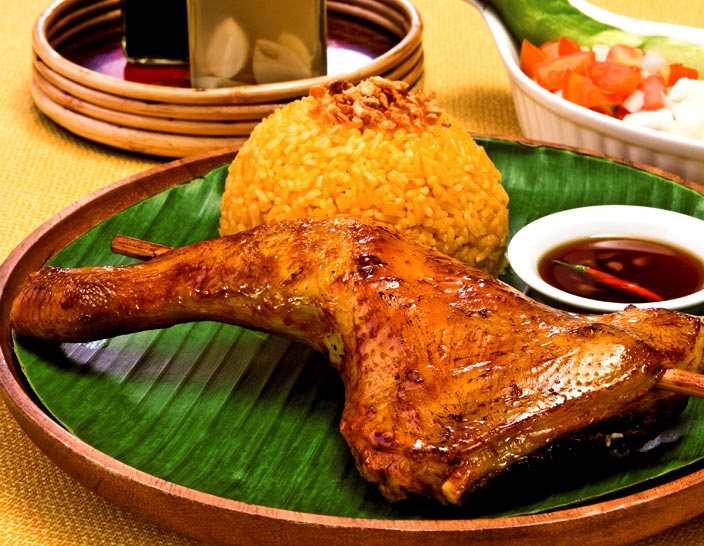






















































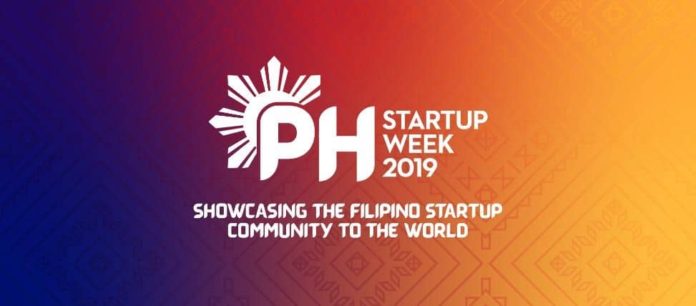
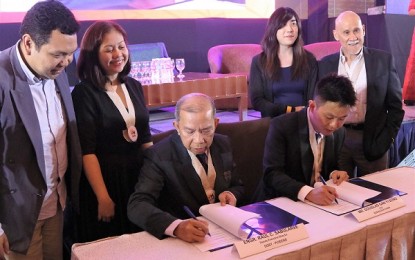



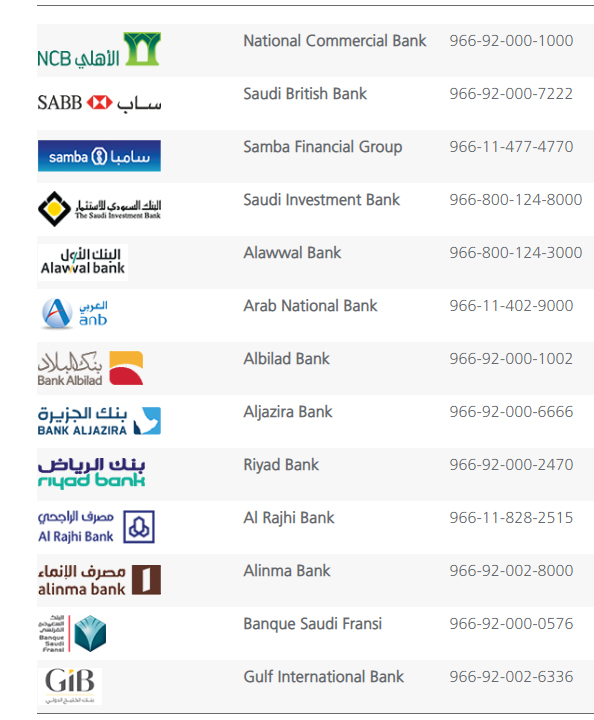



 This year is extra special, marking the 30th anniversary of the Convention on the Rights of the Child. A time to celebrate and a time to demand action for child rights.
This year is extra special, marking the 30th anniversary of the Convention on the Rights of the Child. A time to celebrate and a time to demand action for child rights.